24 Hours Hotline: +86 137-3541-1378
Email:[email protected]
24 Hours Hotline: +86 137-3541-1378
Email:[email protected]
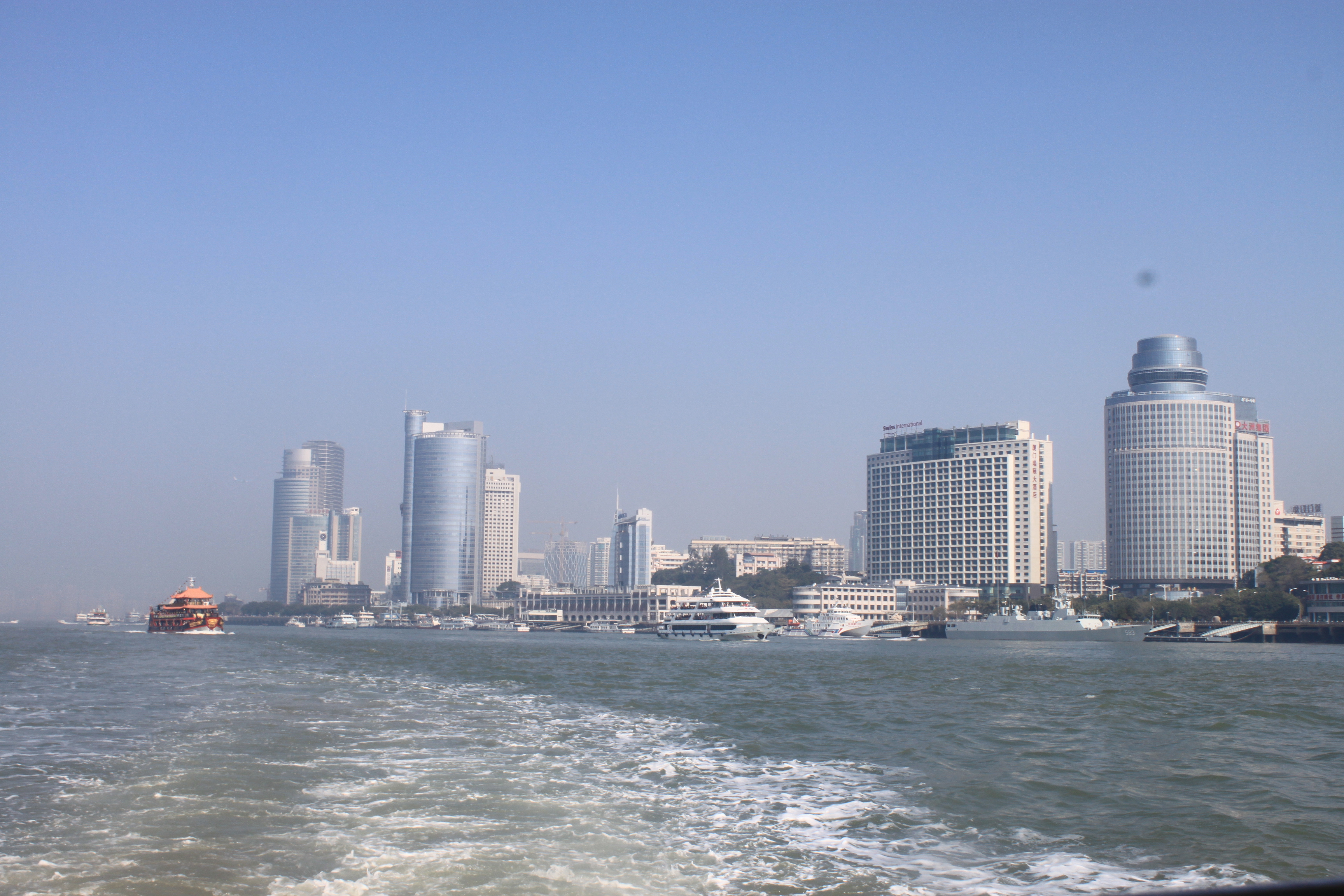
Overview Of Xiamen
Xiamen
City is located along China's southeast coast and planted at the mouth
of Jiulong River, with its back against Zhangzhou and Quanzhou plain and
Kinmen islands a few kilometers off shore, facing Taiwan Island and
Penghu islands across the Taiwan Strait.
Xiamen enjoys a beautiful environment and Xiamen residents adopt an honest and simple life style. It has won the titles of "National Model City of Social Development", "National Sanitary City", "National Garden City", "National Model City for Environmental Protection", "Excellent Tourism City of China", "International Garden City". Xiamen is also one of the Top 10 Tourism Cities of China and one of the ports that receive the most international cruisers in China.
History
China's Ancient Gateway
Xiamen
is planted smack in the mouth of the Jiulong (Nine Dragon) River, so in
ancient times she was called Xia Men, or "lower gate to the sea."
Inevitably, Xiamen became a haven for pirates and merchants (roughly the
same occupation). Eventually the name was amended to the present Xia
Men, or "Mansion Gate," which also means "Gate to China"-a title Xiamen
well deserved for hundreds of years because Fujian Province, and
especially Quanzhou to the north of us, was the Melting Pot of Asia.
(see page 85).
Ancient Seaport
The
coastal cities of Fujian, including Quanzhou (today a city of over 7
million that you've likely never heard of), were extremely active port
cities.
Quanzhou was China's busiest port in the Tang Dynasty. Marco Polo remarked on its vast trade in his travel memoir.
Xiamen was a busy seaport starting in the Song Dynasty. Later, It became an outpost and refuge for Ming loyalists fighting the Manchu Qing Dynasty. Koxinga, son of a merchant pirate set up his anti-Qing base in the area and today a large statue in his honor looks out over the harbor from Gulang Yu island.
The Japanese, World War II and post-1949
The
Japanese occupied the area (the Japanese were already in Taiwan, then
Formosa, beginning in 1895) from 1938 to 1945. After the Japanese were
defeated by the Allies in WWII and China came under Communist control,
Xiamen became a backwater.
Chiang Kai-Shek took the Kuomintang and most of China’s national treasures across the Strait to Taiwan and so Xiamen became the front line against an attack from the KMT. The People's Republic of China didn’t develop the area for fear that any development or industry would be attacked by their enemies, now ensconced in Taiwan.
And across the strait, Taiwan’s Jinmen Island, just a few kilometers off the coast of Xiamen, became one of the most heavily armed islands in the world as Taiwanese feared attack from the mainland.
Present-day Xiamen
Today
Xiamen is seen by Chinese as one of the most livable cities. The air is
clean (by Chinese standards) and people there enjoy a relatively high
standard of living. It has large swathes of green space and the
coastline has been developed for recreation – not only beach play but
also long stretches of jogging paths, rare in Chinese cities.
It is also a gateway to visit the rest of Fujian Province, an area popular with Chinese and foreign tourists alike.
Attractions
Gulangyu Island
The
Gulang Island is a pedestrian-only island off the coast of Xiamen,
Fujian Province in southeastern China. A UNESCO World Cultural Heritage
Site, the island is about 2 km2 (0.77 sq mi) in area, and is reached by a
5-minute ferry ride from downtown Xiamen. Although only about 20,000
people live on the island, Gulangyu is a major domestic tourist
destination, attracting more than 10 million visitors per year, and
making it one of China's most visited tourist attractions. Gulangyu not
only bans cars, but also bicycles. The only vehicles permitted are small
electric buggies and electric government service vehicles.
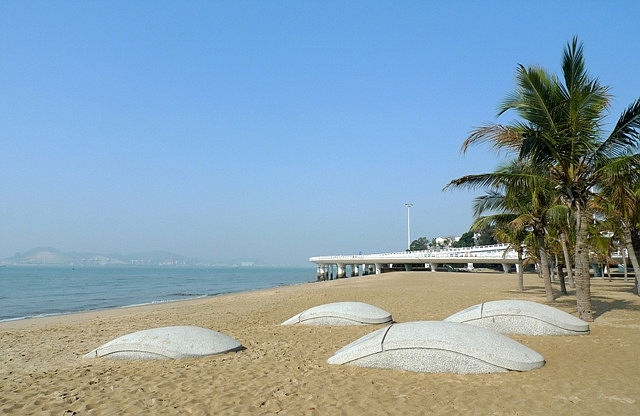
Xiamen University
Xiamen
University, colloquially known as Xia Da (Chinese: ??), located in
Xiamen, Fujian province, is the first university in China founded by
overseas Chinese. Established by Tan Kah Kee in 1921, the university was
originally known as Amoy University. The university is one of many
comprehensive universities directly administered by the Chinese Ministry
of Education.
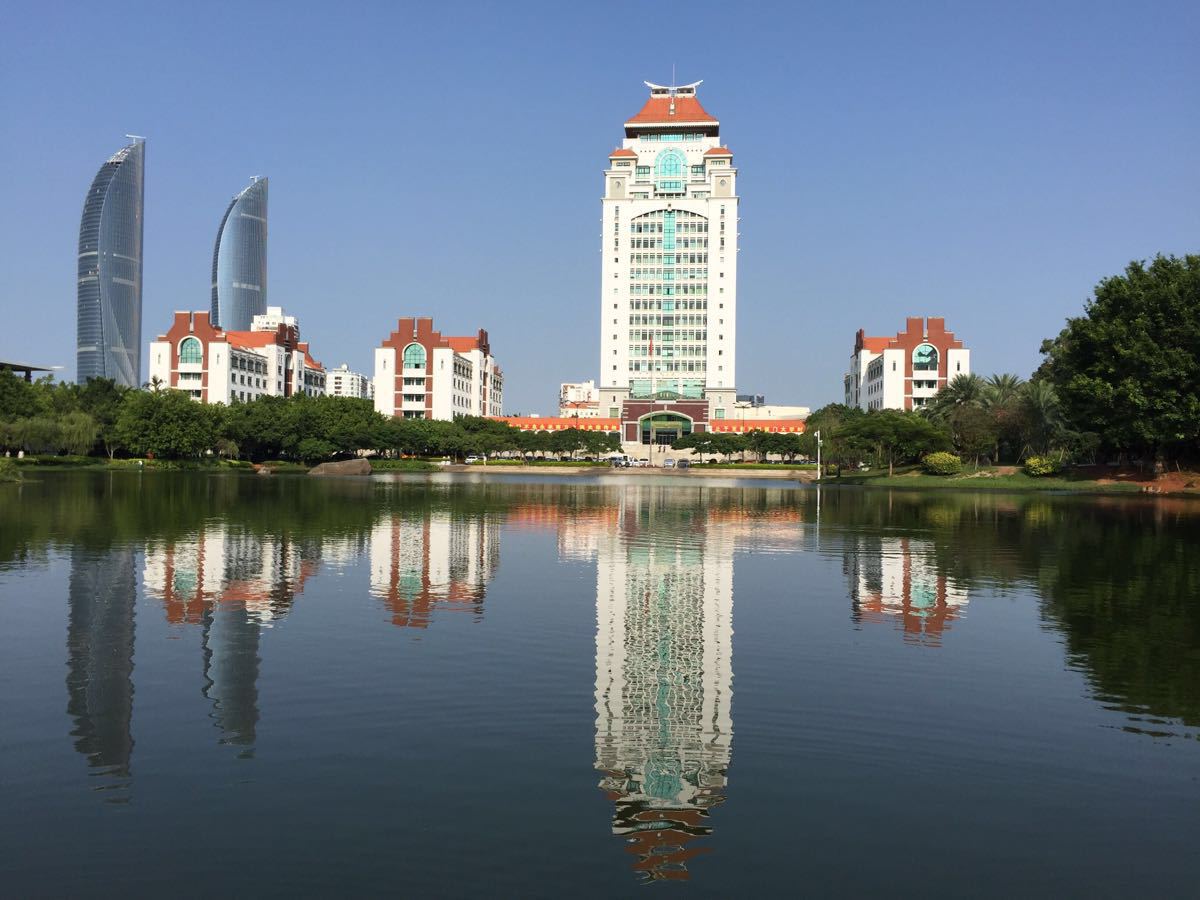
Zhongshan Pedestrian Street
Xiamen
Zhongshan Pedestrian Street is a well-preserved old street that
captures Xiamen modern history, and is the only commercial street that
directly connects to the sea in China. It won the title of “China’s
Famous Historical and Cultural Street” in 2012, and has become one of
the must-go places for those who wish to have a real taste of ‘old
Xiamen'.
Here are some of the most highly recommended places for you to explore in order to discover the complete Xiamen, including its past glamour and current dynamism, while you are around Zhongshan Road.
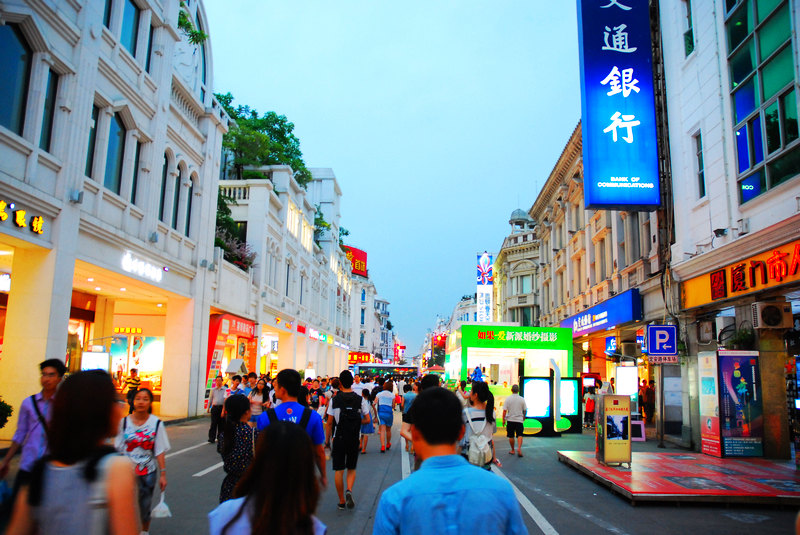
Riguang Mountain
The
Riguang (sunlight) Mountain is commonly known as Yanzi Mountain,
another name is Huangyan Mountain. On its top there are two huge rocks,
one stands horizontally and the other stands vertically, becoming the
peak of the mountain, 92.7 meters above sea level, the highest peak in
Gulangyu Islet.
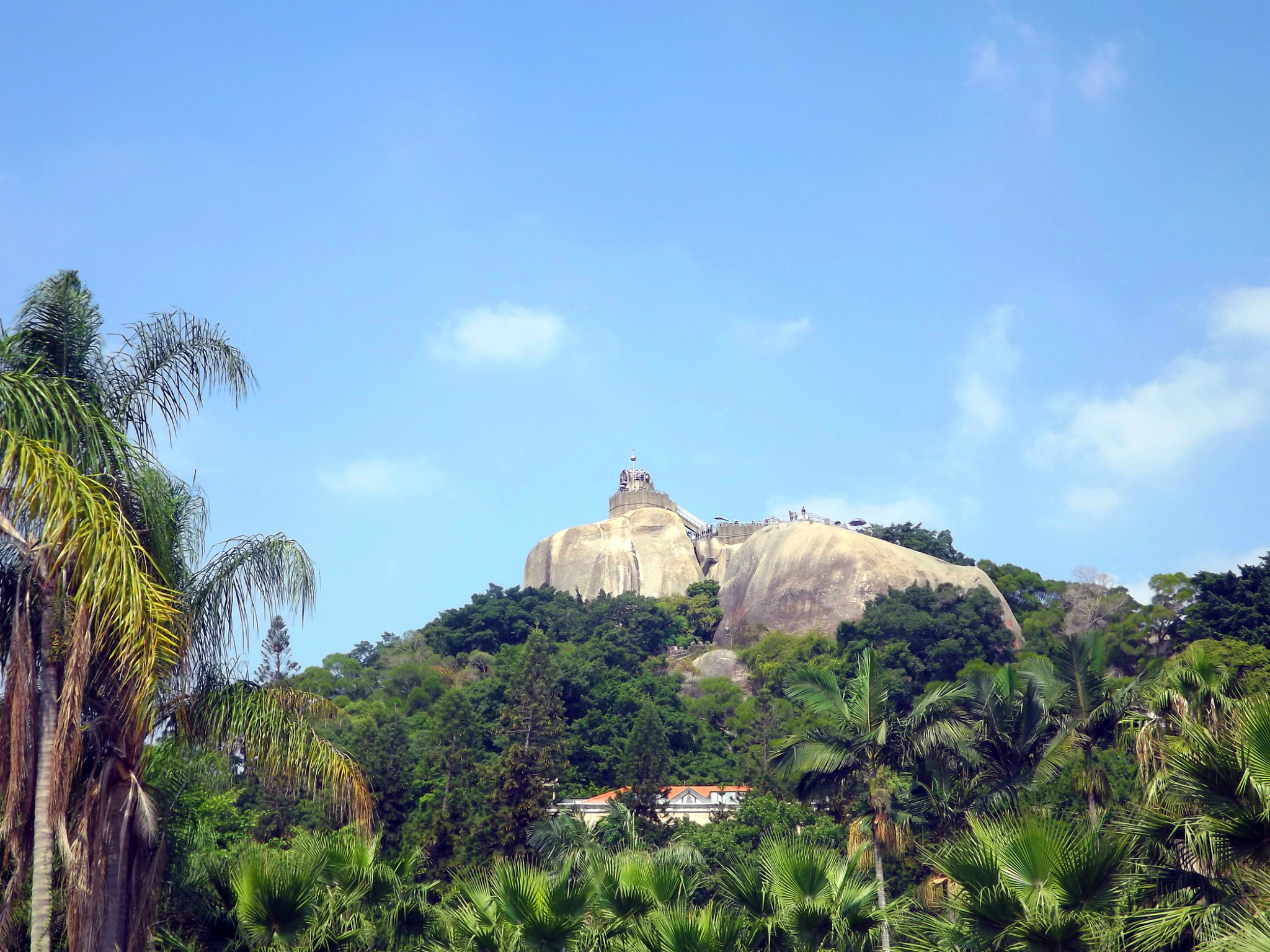
Cuisine
Xiamen
cuisine, the most representative one of Fujian cuisine, is
characterized by its similarity to Canton food; sweet, light and very
popular with western taste buds! The food is certainly one of the best
things about Xiamen- particularly the seafood which is exceptionally
fresh. Dishes here use copious amounts of oysters, crabs, prawn and
peanuts. Xiamen peanut soup is served up with everything. The Sweet
Peanut Shop (Huangzehe Huashengtang Dian) on Zhongshan Lu is the best
place to sample Xiamen's favorite nutty goodies.
Worm Jelly
It
is a jelly made of marine products. The siphon-worm, an annelid,
jellies due to its content of colloid. After boiling, the colloid
dissolves in the water and then freeze to jelly after cool down. The
crystal worm jelly is eat after a match with a good amount of soy sauce,
spiced vinegar, chilli paste, wasabi, minced garlic, coriander (Chinese
parsley), shredded white radish, shredded chilli, tomato slices…It is
now a important cold dish on banquet tables.
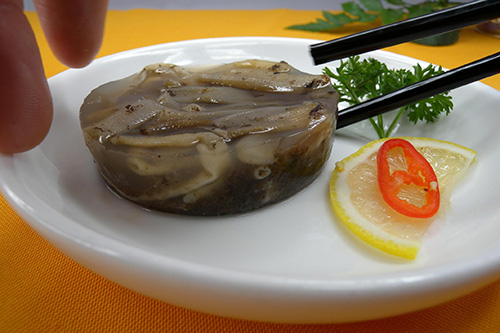
Fried Oyster
The
oyster of Xiamen is Ostrea cucullata, which is small in size with
square or triangle shell. Its flesh is white and the gill is black, each
is only 1-2 centimeters long but offers a delicious taste especially
adds in wasabi and coriander (Chinese parsley).
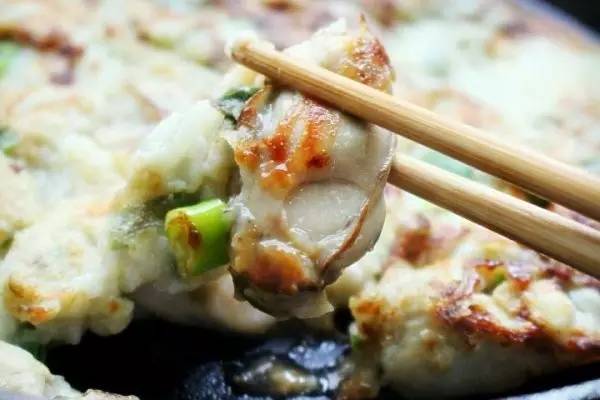
Wheaten Threads Paste
It
is a notable specialty of Xiamen. The secret of this dish is its soup,
which is stewed with shrimp, oyster, sea razor clam, and mussel. What is
more, duck blood or pig blood is also added in plus seasonings of
deep-fried dough sticks, fried green onion and peppers.
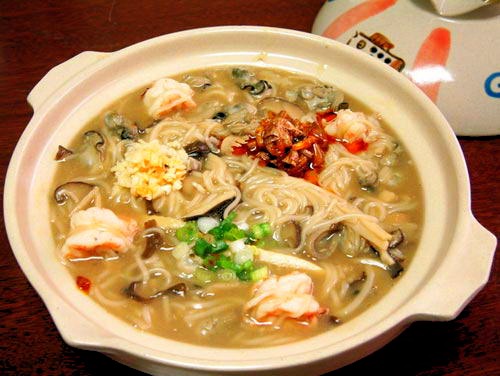
How to Get to Xiamen
By Air:
Most
travelers going to Xiamen resort to air-travel, making it the fourth
largest air traffic hub in China after Beijing, Shanghai and Guangzhou.
Daily direct flights are available from Beijing, Chengdu, Chongqing,
Dalian, Guangzhou, Haikou, Hangzhou, Kunming, Shanghai and Shenzhen. In
addition, you can also go to international destinations such as Bangkok,
Singapore, Manila and Osaka.
By Train:
Compared
with air transport, railway transport seems to be no match, for the
city is in essence an island linked to the mainland by a bridge. The
rail links to this part of the world are not the best, although they
have been improving recently. However train links to most parts of the
North, due to the mountainous topography of Fujian, still take fairly
circuitous and time-consuming routes.
By Bus:
It
is possible to take a daily bus to go to Fuzhou and Quanzhou from the
long-distance bus station or the ferry terminal. Distant destination
such as Guangzhou and Shenzhen are also reachable by regular and
frequent coaches. Luxurious air-con buses also depart from the larger
hotels.
By Boat:
Regular
ships leaves the Amoy Port Administration Passenger Station at Heping
Pier on Tongwen Rd. Every week, there is a ship to Hong Kong (every
Wednesday 17:00 depart from Xiamen, leave Hong Kong on every Tuesday
14:00). There are also direct cargo ships linking Xiamen and Gaoxiong.
Prev: Hangzhou
Next: Zhangjiajie
Wechat: Chinaprivatetour
24 Hours Hotline:
+86 137-3541-1378
* Authentic Experiences: Genuine local experiences that immerse you in the true essence of Beijing and beyond.
* Safety First: Highest safety standards with secure activities and reliable transportation.
* Customizable Tours: Flexible itineraries tailored to your interests and needs.
* Local Expertise: In-depth knowledge of Beijing and China, offering exclusive insights.
* Professional Guides: Licensed bilingual guides with over 5 years of experience.
* Comfortable Travel: Experienced drivers and well-maintained vehicles for a smooth journey.
* Sustainable Tourism: Commitment to responsible tourism and supporting local communities.
* Customer-Focused: Personalized service and continuous improvement based on your feedback.
* Free Cancellation: Cancel up to 24 hours before travel for flexibility and peace of mind.
* 24/7 Support: Round-the-clock assistance for any questions or help needed.
1 to 1 tailor-made service from our professional travel advisors for the most sophisticated
Constantly excellent reviews for attraction, hotel and service Competitive price
Local experts provide quality tours Best selected knowledgeable local guides Authentic local restaurants
7*24 hours available to create you a worry-free tour. No Hidden Fees and absolutely no pressure to buy. Secured









Copyright © 2017 Chinabeijingprivatetour.com All rights reserved. 浙ICP备18056007号-2